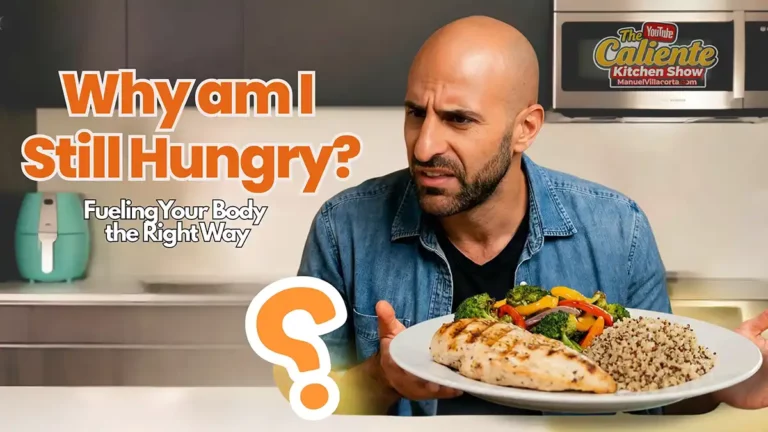Does it feel like your weight loss stalled? You’re not alone. You’ve been eating better, moving more, maybe even tracking your meals… and at first, the scale was cooperating.
But now? Nothing. No change. Not a single pound lost — even though you’re still putting in the effort. Sound familiar?
Weight loss plateaus are incredibly common — and incredibly frustrating. But before you assume something is “wrong” with your body or start slashing calories again, let’s talk about what may actually be going on.
As a registered dietitian and weight loss coach with over 20 years of experience, I’ve helped thousands of people break through plateaus. Here are the 4 most common reasons your weight loss has stalled — and what to do about each one.
1. You Got Comfortable and Your Habits Slipped
In the beginning, motivation is high. You track, prep, and stay consistent. But over time, you might start eyeballing portions, adding weekend “treats,” or skipping your usual structure. Small changes can add up.
What to do:
Track your food for just 3 days. Don’t judge — just gather data. You’ll likely find a few habits that snuck back in. Awareness is the first step to change.
2. You’re Not Eating Enough — Especially Protein
Yes, under-eating can stall weight loss. When your calories — especially from protein — are too low, your body protects itself by slowing your metabolism. You feel hungrier, more tired, and progress stalls.
What to do:
Make sure you’re getting 25–30 grams of protein at each main meal. Protein supports lean muscle, fuels metabolism, and keeps you full longer.
3. You’re Exercising Too Much Without Rest
More exercise isn’t always better. Overtraining raises cortisol levels (a stress hormone), which can lead to inflammation, water retention, and stalled fat loss.
What to do:
Build in at least one full rest day per week. Add low-impact movement like walking or yoga, and prioritize sleep. Your body needs recovery to burn fat efficiently.
4. You’re Not Tracking Anymore
You may be eating healthy, but if you’ve stopped tracking, it’s easy to underestimate how much you’re consuming — especially with oils, sauces, or “healthy” snacks.
What to do:
Track meals for 2–3 days to check in. Use a food log, app, or simply snap photos of what you eat. Focus especially on portions of calorie-dense foods like nuts, cheese, and oils.
Bonus Insight: Metabolic Adaptation Is Real — But Rarely the Main Problem
When you lose weight, your body needs fewer calories — that’s called metabolic adaptation. I adjust calories and macros for my clients when that truly becomes a factor.
But most of the time? The issue isn’t metabolism — it’s a slow drift from the habits that worked in the beginning. Before you cut more calories, review your habits first.
Final Thoughts: A Stall Isn’t Failure — It’s Feedback
A weight loss plateau doesn’t mean your journey is over.
It means your body is asking for a new strategy.
Check in with your habits. Fuel yourself well. Rest intentionally. Track mindfully.
And if you’re ready for expert support tailored to your lifestyle, I’d love to help.





